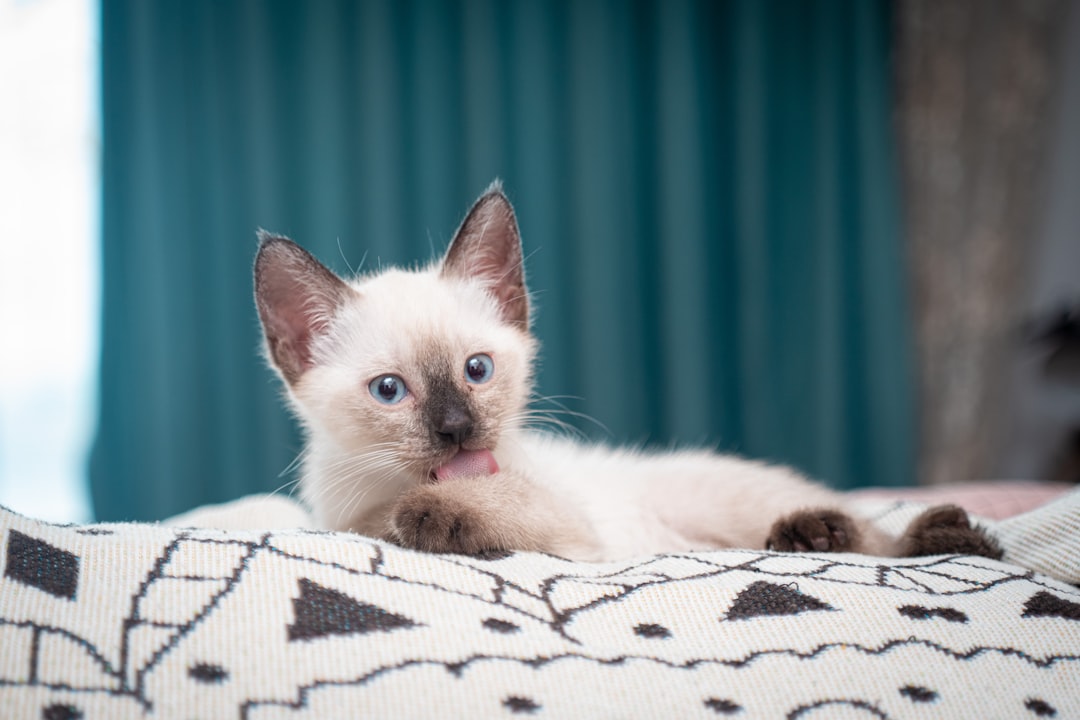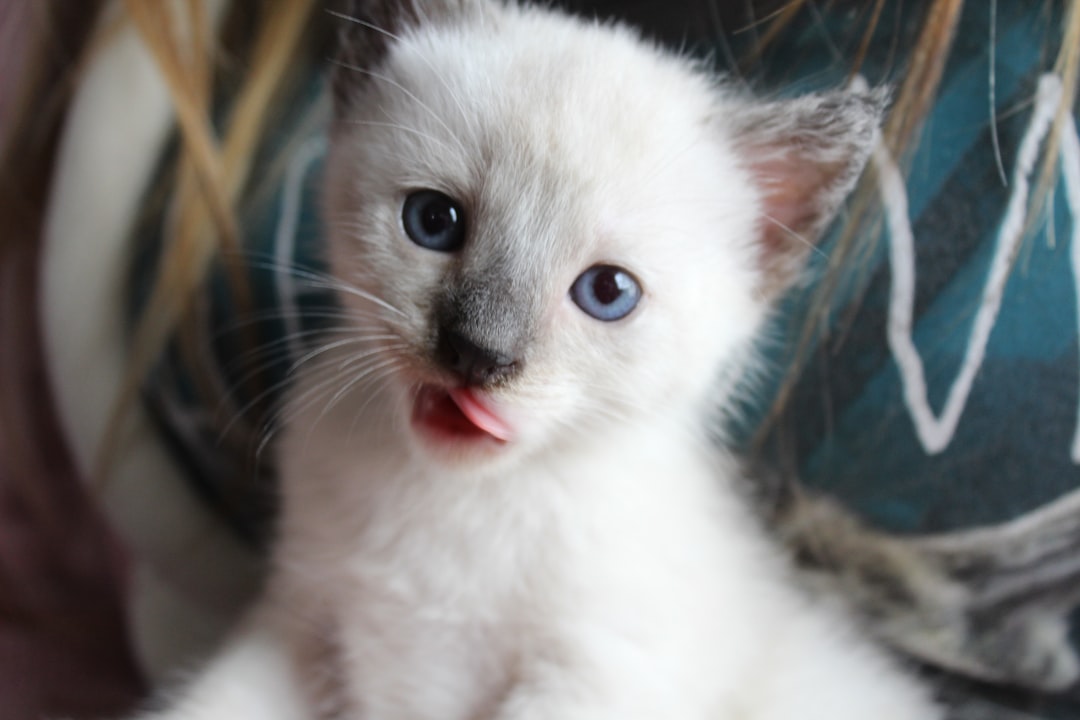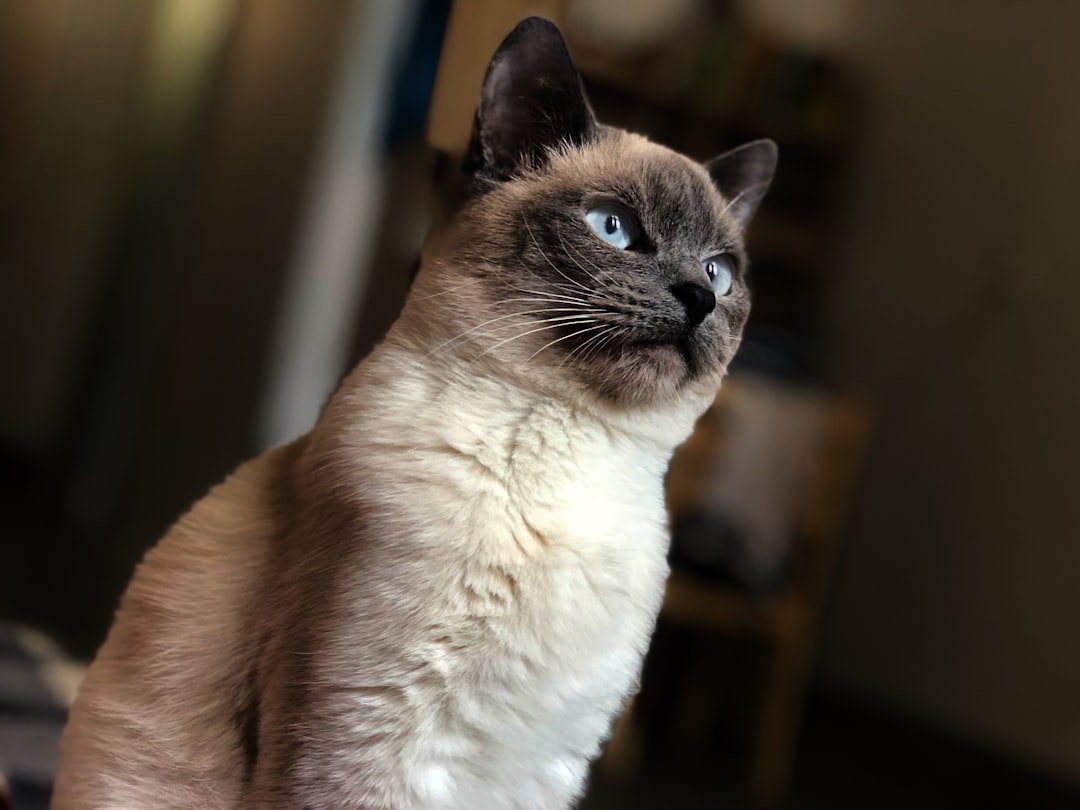Are you tired of the endless quest for the perfect cat food? Well, join the ranks of the culinary cat owners exploring the delightful world of homemade cat food! By whipping up your feline’s favorite dishes, you not only cater to their unique tastes but also ensure they get all the nutrients they need. With a pinch of creativity and a dash of care, you can transform mealtime into a gourmet experience for your furry friend. Grab your apron, because it’s time to dive into the recipes and tips that will keep your kitty purring with joy!
Benefits of Homemade Cat Food

If you’re tired of scrolling through the endless aisles of cat food at the store, it’s time to take the plunge into the world of homemade cat food! Not only is it a fun cooking adventure for you, but it also comes with a basketful of benefits for your furry little friend.
Here’s why whipping up some homemade cat food might just be the purr-fect choice:
- Control Over Ingredients: You get to choose what goes into your cat’s belly. Say goodbye to mysterious fillers!
- Freshness and Quality: Nothing beats the taste of fresh food. Your feline will appreciate the quality ingredients.
- Tailored to Your Cat’s Needs: Does your cat have allergies or finicky preferences? Customize recipes to match their unique dietary requirements.
- Cost-Effective: While the initial setup may seem daunting, cooking in batches can ultimately save you money in the long run.
In short, making homemade cat food offers convenience, quality, and peace of mind. So grab your apron and start experimenting—you might find that it’s a recipe for a healthier, happier kitty!
Essential Nutrients for Cats

When it comes to homemade cat food, you want your feline friend to eat like royalty without emptying your wallet. But much like us, cats need a balanced diet to thrive. Here’s a quick rundown of essential nutrients your DIY cat cuisine must include:
- Protein: Cats are obligate carnivores! They need protein from animal sources to keep their muscles strong. Think chicken, turkey, or fish.
- Taurine: An amino acid critical for heart and eye health, it’s a must-have in your homemade cat food. Make sure your recipe includes meat sources rich in taurine.
- Fats: Healthy fats provide energy and support skin and coat health. You can use fish oil or chicken fat—just don’t go overboard!
- Vitamins and Minerals: A mix of vegetables can contribute essential vitamins. However, it’s crucial to include a cat-specific vitamin supplement to avoid deficiencies.
- Water: Although not a nutrient per se, hydration plays a pivotal role. Ensure your homemade cat food has enough moisture, especially if you’re focusing on dry ingredients.
Mix these components into your cat’s meals, and you’ll create a purrfect blend of homemade nourishment!
Popular Homemade Cat Food Recipes

If you’ve decided to dive into the delightful world of homemade cat food, you’re in for a treat—both for you and your feline friend! Here are some purr-fectly popular recipes that will keep your kitty’s taste buds dancing:
1. Chicken and Pumpkin Delight
Ingredients:
- 1 cup cooked chicken (shredded)
- 1/2 cup canned pumpkin (not pie filling)
- 1/4 cup chicken broth (low sodium)
Instructions:
- Mix all ingredients until well combined.
- Serve at room temperature!
2. Salmon and Rice Medley
Ingredients:
- 1 cup cooked salmon (deboned)
- 1/2 cup cooked rice
- 1 tablespoon fish oil (for those shiny coats!)
Instructions:
- Fluff rice with salmon and drizzle fish oil over it.
3. Beef and Carrot Casserole
Ingredients:
- 1 cup ground beef (cooked)
- 1/2 cup cooked carrots (mashed)
- 1/4 cup beef broth (low sodium)
Instructions:
- Combine until it reaches a soft, casserole-like consistency.
With homemade cat food, you can simplify mealtime while ensuring they get the healthy nutrients they need. Try these recipes, and watch your cat purr with satisfaction!
Safety Guidelines for Preparing Cat Food
When it comes to crafting the purr-fect homemade cat food, safety is paramount. It’s like the old saying goes: “An ounce of prevention is worth a pound of catnip!” Here are some pawsitively essential guidelines to follow:
- Wash Your Hands: Always start with cleanliness. Wash your hands thoroughly before touching any ingredients to avoid any unwanted germs compared to your cat’s fur!
- Use Fresh Ingredients: Your feline friend deserves the best! Select fresh, high-quality ingredients to ensure their homemade cat food is both tasty and nutritious.
- Avoid Raw Meat: While some cats may thrive on raw diets, it’s important to ensure you know what you’re doing. Cooking meat eliminates harmful bacteria.
- Store Properly: Keep leftover homemade cat food in the fridge, ideally in airtight containers. Serve it within 3-4 days to maintain quality.
- Monitor for Allergies: Just like us humans, cats can have food allergies. Introduce new ingredients one at a time and watch for any reactions.
With these safety guidelines in mind, your homemade cat food journey can be both delicious and safe for your furry companion!
Common Ingredients to Avoid
When it comes to homemade cat food, not all ingredients are created equal. You might be tempted to throw in what you’ve got in the kitchen, but beware! Some foods that are safe for humans can spell disaster for your furry friend. Here’s a quick rundown of ingredients to avoid:
- Onions and Garlic: These kitchen staples can damage your cat’s red blood cells. Better leave these out!
- Chocolate: Cats clearly shouldn’t be having dessert; chocolate is toxic to them.
- Alcohol: Even a small amount can be deadly. Keep those cocktails for yourself!
- Caffeine: No need for your cat to have a morning espresso!
- Dairy: Surprise! Many cats are lactose intolerant, so skip the milk.
- Raw Dough: Yeast can expand in your cat’s stomach, causing real trouble.
To whip up delicious and safe homemade cat food, ensure you’re only using cat-friendly ingredients. It’s the purr-fect way to make sure your furry buddy stays happy and healthy!
Transitioning Your Cat to Homemade Diet
So you’ve decided to embark on the culinary adventure of preparing homemade cat food for your feline friend! Bravo! But hold your horses—transitioning your cat to this new diet requires some finesse. We wouldn’t want your kitty to think you’re serving up a five-star restaurant experience one day, only to toss her back to the kibble the next, right? Here’s how to make the shift smoother than a cat’s purr:
- Go Slow: Gradually mix the homemade cat food with her current diet over about a week. Start with 25% homemade food and 75% commercial food. Slowly increase the homemade portion.
- Observe Reactions: Keep an eye out for any digestive issues or changes in behavior. If you notice vomiting or diarrhea, slow down the transition.
- Mix It Up: Cats can be picky eaters. Vary the recipes to keep mealtime exciting—different proteins or textures can help.
- Create a Routine: Cats thrive on routines. Feed her at the same time every day to help her adapt to the new diet.
Transitioning isn’t just about the food; it’s about building a new mealtime ritual for your cat. With a little patience, your kitty will be enjoying delicious homemade cat food in no time!
Tips for Storing and Serving Homemade Cat Food
Getting your feline friend to lap up your culinary creations is only half the battle. The other half involves proper storage and serving techniques for your delicious homemade cat food. Here are some tips that will keep both your kitchen and kitty happy:
- Air-tight containers: Store your homemade cat food in sealed containers to prevent spoilage and keep odors at bay.
- Label and date: Mark containers with the prep date to ensure freshness – you wouldn’t want to accidentally serve yesterday’s dinner!
- Refrigerate or freeze: Keep any leftovers in the fridge for up to three days, or toss them in the freezer for up to three months. Just remember to defrost adequately before serving.
- Serve at room temperature: Cats can be finicky eaters. Serve the food slightly warmed (not hot!) so those delicious scents waft up and entice your furry friend.
With these tips in mind, feeding your cat homemade cat food becomes a delightful experience. Now, let’s put the “meow” back in your mealtime!
Tips for Storing and Serving Homemade Cat Food
Storing and serving homemade cat food may not earn you the title of “Chef of the Year,” but it can definitely give you the “Cat Parent of the Year” award! Here are some handy tips to make sure your feline friend enjoys every bite of their homemade feast while staying safe and healthy.
Storage Tips:
- Cool it off: Let your homemade cat food cool completely before storing it in the fridge.
- Use airtight containers: To prolong freshness, store in airtight containers. No one likes stale food, not even cats!
- Label and date: Keep track of what’s in your fridge by labeling containers. Cats may be picky, but they never forget a flavor!
Serving Tips:
- Scoop it right: Serve portions of homemade cat food at room temperature for optimum taste; cats are fabulous gourmets!
- Mix it up: Try rotating different recipes weekly. This keeps mealtime exciting—who wants a dull dinner?
- Watch for leftovers: Discard any uneaten food after 30 minutes to prevent spoilage.
Following these tips will help ensure your homemade cat food is served fresh and delicious, bringing a purr to your kitty’s dinner time!
Frequently Asked Questions
What are the benefits of making homemade cat food?
Ah, the age-old debate: store-bought versus homemade! Whipping up your cat’s meals not only gives you control over the ingredients—no mysterious meat by-products here—but it also allows you to cater to your furball’s specific nutritional needs and preferences. Plus, who doesn’t love the idea of adding a sprinkle of love (and maybe some catnip) to every bowl? Just imagine your little predator savoring each bite of fresh, tailor-made cuisine, enjoying the health benefits of real food, free from preservatives and fillers!
Can I just feed my cat plain chicken or fish?
While your feline may act like a royal connoisseur when it comes to chicken or fish, simply tossing them a plate of plain poultry or seafood won’t cut it nutritionally. Cats are obligate carnivores, meaning their diet should predominantly consist of animal protein, along with essential vitamins and minerals. A balanced homemade meal should include not just meat, but also necessary additions like taurine, fatty acids, and vitamins! Think of it as inviting your kitty to a gourmet feast, rather than just a meager snack.
How do I know if my homemade cat food is balanced?
Ah, the golden question! To ensure your culinary cat offerings are on par with a Michelin Star meal, consider consulting with a vet or a pet nutritionist. They can help you navigate the uncharted waters of feline nutrition and ensure that your recipes are not just mouth-watering (to your cat) but also nutritionally complete. Don’t forget, feeding your cat should feel like a culinary adventure, not a game of ‘Will they or won’t they?’!
What ingredients should I avoid in homemade cat food?
As much as we love to share our meals with our furry friends, there are quite a few ingredients that should be banished from the kitty kitchen! Avoid onions, garlic, chocolate, grapes, and anything containing xylitol, as they can be toxic to cats. Think of it as a secret cat-food secret menu—only the finest and safest ingredients allowed! Stick to wholesome meats, veggies in moderation, and the right carbs, and you’ll have a purring customer at every meal!



